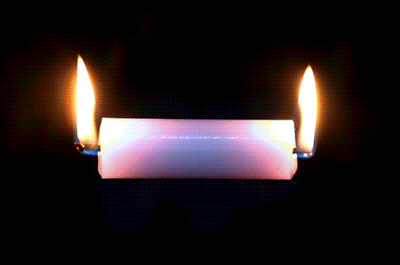Which end of the candle should burn?
January 6, 2016 The bankruptcy debtor owned a large candle factory; after a year of effort, the trustee gave up trying to realize more value on the factory property than what was owed on the outstanding mortgages, and abandoned the property to Southwest Securities. The remaining legal issue was: “Should the estate or the secured creditor pay the property’s maintenance expenses incurred while the trustee was trying to sell the property?”
The bankruptcy debtor owned a large candle factory; after a year of effort, the trustee gave up trying to realize more value on the factory property than what was owed on the outstanding mortgages, and abandoned the property to Southwest Securities. The remaining legal issue was: “Should the estate or the secured creditor pay the property’s maintenance expenses incurred while the trustee was trying to sell the property?”
Section 506(c) of the Bankruptcy Code provides: “The trustee may recover from property securing an allowed secured claim the reasonable, necessary costs and expenses of
preserving, or disposing of, such property to the extent of any benefit to the holder of such claim, including the payment of all ad valorem property taxes with respect to the property.” The Fifth Circuit found that Southwest benefited, and that the costs were fairly taxed against it from sales proceeds: “[W]e accept that an expense which was not incurred primarily to preserve or dispose of encumbered property cannot meet the requirement of being incurred primarily for the benefit of the secured creditor. But we also accept the inverse: that an expense incurred primarily to preserve or dispose of encumbered property meets the requirement. The necessary direct relationship between the expenses and the collateral is obvious here; all of the surcharged expenses related only to preserving the value of the Property and preparing it for sale.” Southwest Securities v. Segner, No. 14-41463 (Dec. 29, 2015).